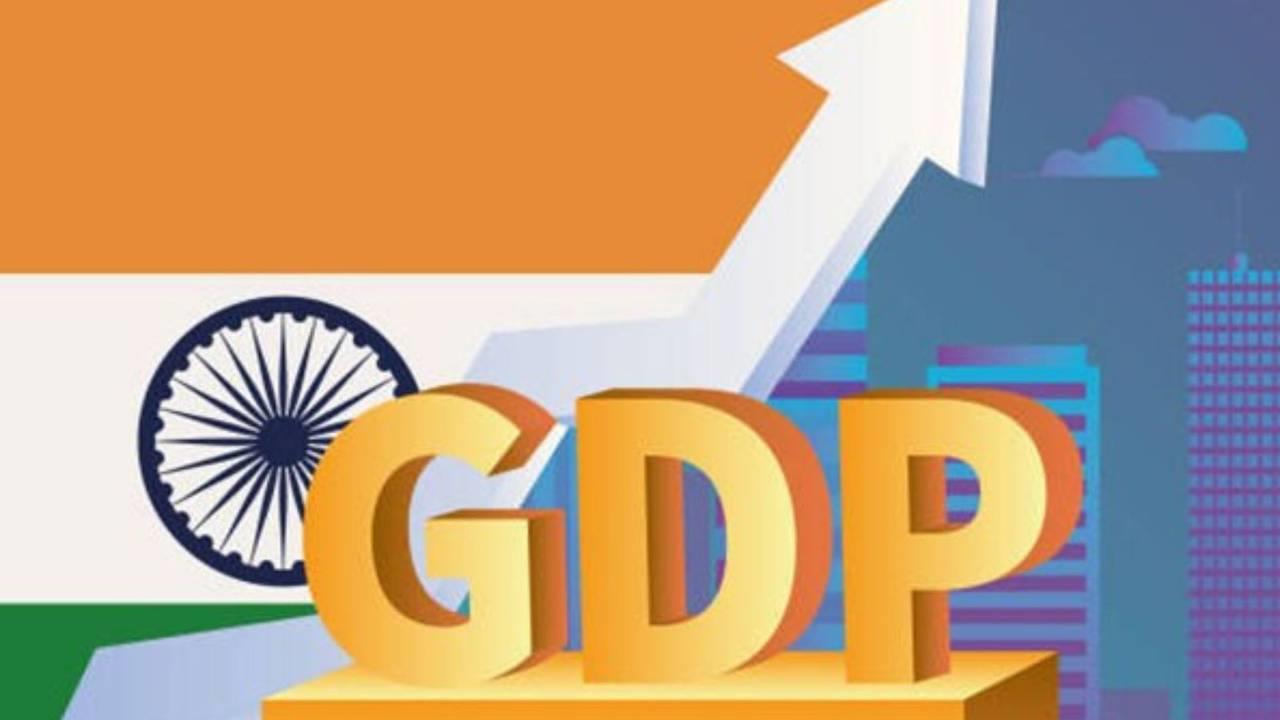What Is BBB Rating? India's Upgrade By S&P Global Ratings Explained
India just got a financial pat on the back. S & P Global Ratings has upgraded India's long-term sovereign credit rating to 'BBB' from 'BBB-' with a stable outlook. The short-term rating also improved, moving up to 'A-2' from 'A-3'. This may sound like financial jargon, but what does it actually mean for India and for investors?
Understanding the BBB Rating
Think of a credit rating as a country's financial report card. Just like banks check your credit score before giving you a loan, global investors check a country's rating before putting their money in.
- AAA: Top of the class – extremely safe. A to AA: Strong and reliable. BBB: Considered safe, but not without a few challenges. BB or below: Risky territory, often called“junk.”
So, India's move from BBB- to BBB is like moving up a grade in school-it's still in the safe zone, but now with a stronger vote of confidence.
Why Did S & P Upgrade India?
S & P pointed to a few key reasons for this upgrade:
- Fast growth: India's economy grew an average of 8.8% between FY22 and FY24, the fastest in Asia-Pacific. Growth is expected to stay healthy at around 6.8% a year for the next three years. Stable policies: Fiscal discipline, inflation control, and steady reforms have reassured investors. Infrastructure boom: Big push on roads, railways, and capital projects-government spending now makes up about 5.5% of GDP. Better fiscal health: The budget deficit, while still high, is expected to steadily shrink over the next few years.
What Does This Mean for India?
This upgrade has real-world implications:
- More investor confidence – Foreign investors are more likely to put money into India, seeing it as safer. Cheaper loans for the government – A better rating can help India borrow at lower costs in international markets. Stronger rupee – Confidence in the economy can support the currency during turbulent times.
The Caveats
It's not all smooth sailing. S & P flagged a few concerns:
- India's government debt is still high. Fiscal deficits, though improving, remain large. Per capita income is still relatively low compared to other emerging economies.
If growth slows or fiscal discipline slips, the rating could come under pressure again.
Legal Disclaimer:
MENAFN provides the
information “as is” without warranty of any kind. We do not accept
any responsibility or liability for the accuracy, content, images,
videos, licenses, completeness, legality, or reliability of the information
contained in this article. If you have any complaints or copyright
issues related to this article, kindly contact the provider above.
Most popular stories
Market Research

- Japan Well Intervention Market Size To Reach USD 776.0 Million By 2033 CAGR Of 4.50%
- Japan Shrimp Market Predicted To Hit USD 7.8 Billion By 2033 CAGR: 2.62%
- Ion Exchange Resins Market Size, Industry Trends, Key Players, Opportunity And Forecast 2025-2033
- Nutraceuticals Market Size Projected To Witness Strong Growth During 2025-2033
- UK Cosmetics And Personal Care Market To Reach USD 23.2 Billion By 2033
- Primexbt Launches Empowering Traders To Succeed Campaign, Leading A New Era Of Trading






















Comments
No comment